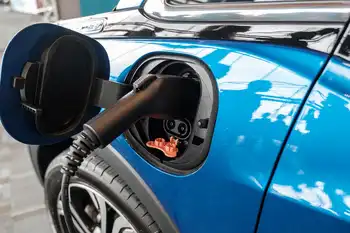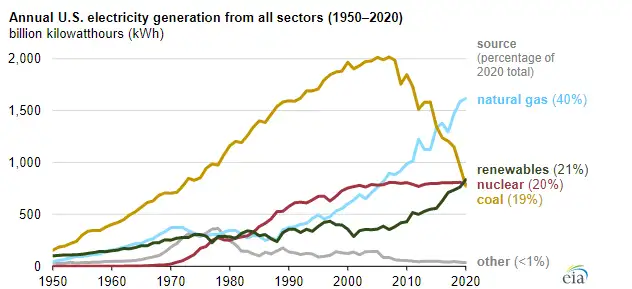More than half of new U.S. electric-generating capacity in 2023 will be solar

Substation Relay Protection Training
Our customized live online or in‑person group training can be delivered to your staff at your location.

- Live Online
- 12 hours Instructor-led
- Group Training Available
U.S. 2023 Utility-Scale Capacity Additions highlight surging solar power, expanding battery storage, wind projects, natural gas plants, and new nuclear reactors, boosting grid reliability in Texas and California with record planned installations.
Key Points
Planned grid expansions led by solar and battery storage, with wind, natural gas, and nuclear increasing U.S. capacity.
✅ 29.1 GW solar planned; Texas and California lead installations.
✅ 9.4 GW battery storage to more than double current capacity.
✅ Natural gas, wind, and 2.2 GW nuclear round out additions.
Developers plan to add 54.5 gigawatts (GW) of new utility-scale electric-generating capacity to the U.S. power grid in 2023, according to our Preliminary Monthly Electric Generator Inventory. More than half of this capacity will be solar power (54%), even as coal generation increase has been reported, followed by battery storage (17%).
Solar
U.S. utility-scale solar capacity has been rising rapidly EIA summer outlook since 2010. Despite its upward trend over the past decade 2018 milestone, additions of utility-scale solar capacity declined by 23% in 2022 compared with 2021. This drop in solar capacity additions was the result of supply chain disruptions and other pandemic-related challenges. We expect that some of those delayed 2022 projects will begin operating in 2023, when developers plan to install 29.1 GW of solar power in the United States. If all of this capacity comes online as planned, 2023 will have the most new utility-scale solar capacity added in a single year, more than doubling the current record (13.4 GW in 2021).
In 2023, the most new solar capacity, by far, will be in Texas (7.7 GW) and California (4.2 GW), together accounting for 41% of planned new solar capacity.
Battery storage
U.S. battery storage capacity has grown rapidly January generation jump over the past couple of years. In 2023, U.S. battery capacity will likely more than double. Developers have reported plans to add 9.4 GW of battery storage to the existing 8.8 GW of battery storage capacity.
Battery storage systems are increasingly installed with wind and solar power projects. Wind and solar are intermittent sources of generation; they only produce electricity when the wind is blowing or the sun is shining. Batteries can store excess electricity from wind and solar generators for later use. In 2023, we expect 71% of the new battery storage capacity will be in California and Texas, states with significant solar and wind capacity.
Natural gas
Developers plan to build 7.5 GW of new natural-gas fired capacity record natural gas output in 2023, 83% of which is from combined-cycle plants. The two largest natural gas plants expected to come online in 2023 are the 1,836 megawatt (MW) Guernsey Power Station in Ohio and the 1,214 MW CPV Three Rivers Energy Center in Illinois.
Wind
In 2023, developers plan to add 6.0 GW of utility-scale wind capacity, as renewables poised to eclipse coal in global power generation. Annual U.S. wind capacity additions have begun to slow, following record additions of more than 14 GW in both 2020 and 2021.
The most wind capacity will be added in Texas in 2023, at 2.0 GW. The only offshore wind capacity expected to come online this year is a 130.0 MW offshore windfarm in New York called South Fork Wind.
Nuclear
Two new nuclear reactors at the Vogtle nuclear power plant in Georgia nuclear and net-zero are scheduled to come online in 2023, several years later than originally planned. The reactors, with a combined 2.2 GW of capacity, are the first new nuclear units built in the United States in more than 30 years.
Developers and power plant owners report planned additions to us in our annual and monthly electric generator surveys. In the annual survey, we ask respondents to provide planned online dates for generators coming online in the next five years. The monthly survey tracks the status of generators coming online based on reported in-service dates.











